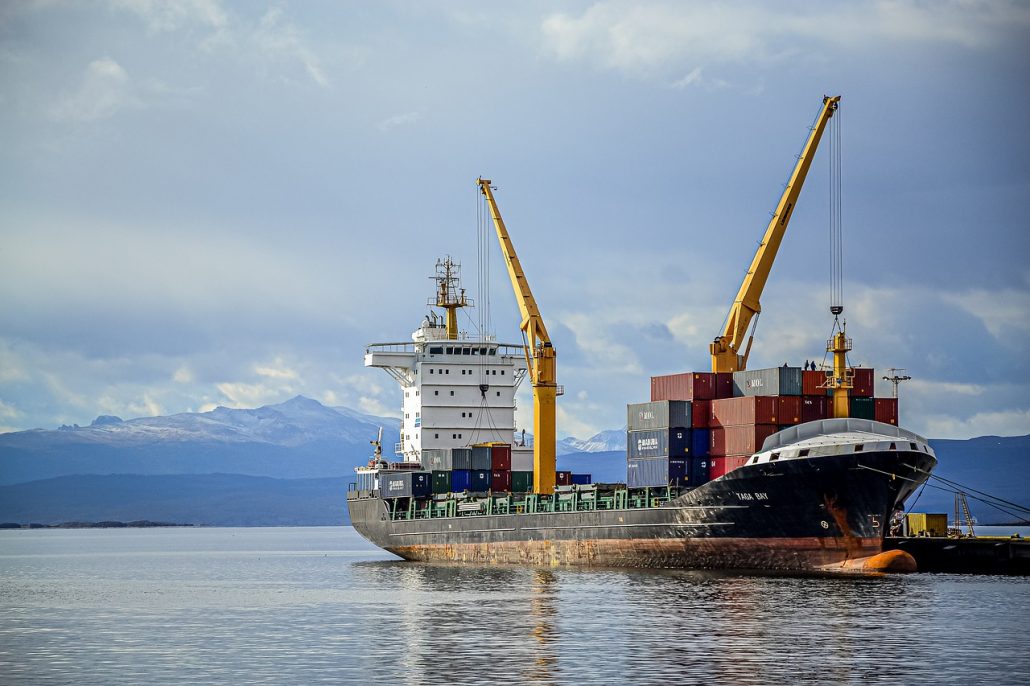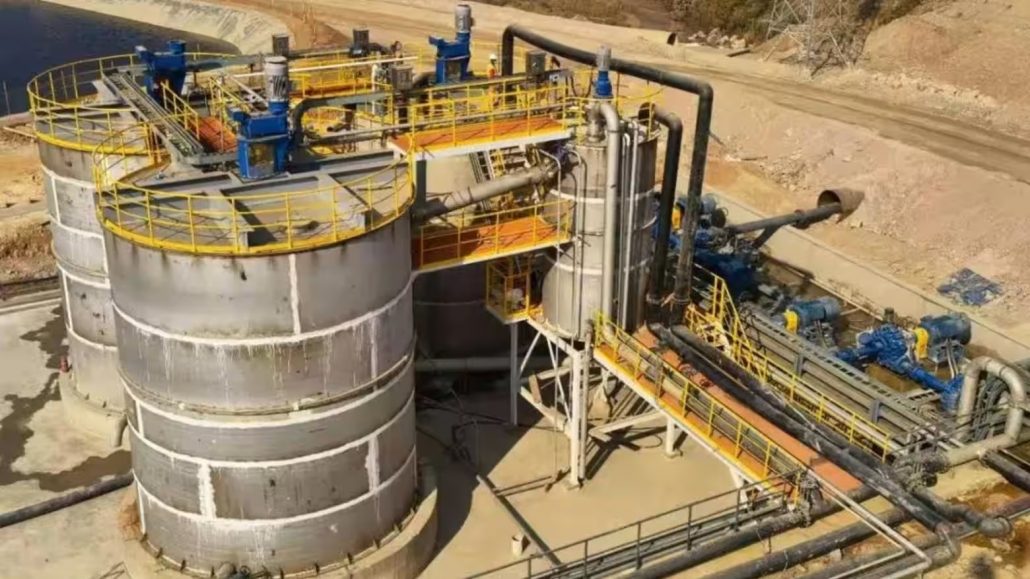
Houthi Attacks Intensify, Escalating Red Sea Shipping Crisis
As conflicts continue in the Middle East, the Red Sea shipping crisis has become a critical issue, exacerbated by the escalating offensives of the Iranian-backed Houthi rebels. This crisis is further complicating an already complex geopolitical landscape, tightening the stranglehold on global supply chains.
According to Rob Handfield, a supply chain expert and professor at North Carolina State University, the Houthis are specifically targeting Western vessels. “What they’re doing is targeting Western ships,” Handfield stated. “They either destroy the ships or force the crews to abandon them, which is causing significant disruption.”
The severity of the situation is raising alarm. The Houthis have attacked or threatened U.S. Navy and commercial ships around 230 times, although these incidents are largely underreported. “Unfortunately, it’s happening so frequently now that they don’t even track it anymore,” Handfield explained to KTRH. “And what has happened is that shipping companies have decided to completely avoid the region.”
Economic Impact and Supply Chain Disruptions
The consequences of the Houthi attacks are widespread. Shipping companies’ decisions to avoid the Red Sea region have led to skyrocketing costs and severe disruptions in the supply chain. For instance, the cost of a 40-foot shipping container, which was $1,600 late last year, has now surged to $6,000.
These rising costs and disruptions are causing concern among industry stakeholders and policymakers. Republicans have criticized the Biden administration for failing to effectively address the Houthi threat and have called for stronger measures to protect maritime routes and ensure the stability of global trade.
Outlook and Potential Solutions
As the crisis continues to unfold, there is an urgent need for international cooperation and strategic actions to mitigate the impact on global shipping and supply chains. Strengthening security measures, diplomatic efforts, and potential military intervention are being considered to stabilize the region and secure vital maritime routes.








Leave a Reply
You must be logged in to post a comment.